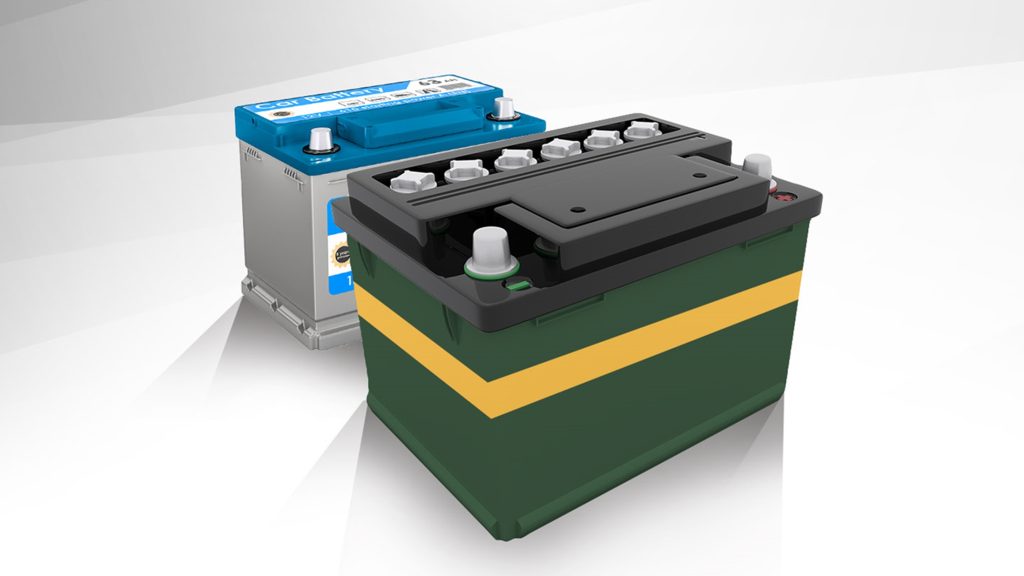Temperature has a significant impact on the charging process and the overall performance of lead-acid batteries. Here are some key effects of temperature on lead-acid battery charging.
- Charging Efficiency: The efficiency of the charging process decreases as temperature increases. This means that more energy is lost as heat when charging a lead-acid battery at higher temperatures, leading to a lower overall charging efficiency.
- Charging Voltage: The charging voltage required to fully charge a lead-acid battery decreases as temperature increases. This means that the battery will reach its full state of charge at a lower voltage when charged at higher temperatures.
- Charging Rate: The charging rate that can be applied to a lead-acid battery decreases as temperature increases. This is because higher temperatures can cause the battery to gas more, which can lead to loss of electrolyte and reduced battery life.
- Battery Life: High temperatures can reduce the lifespan of a lead-acid battery by accelerating the rate of chemical reactions that degrade the battery’s active materials. This can lead to reduced capacity, increased internal resistance, and ultimately, premature failure of the battery.
- Gassing: High temperatures can cause a lead-acid battery to gas more during charging, leading to increased water loss and reduced battery life. Gassing can also lead to the formation of hydrogen gas, which is flammable and can pose a safety hazard.
- Sulfation: High temperatures can accelerate the formation of lead sulfate on the battery’s plates, which can reduce the battery’s capacity and performance over time.
- Electrolyte Concentration: High temperatures can cause the electrolyte in a lead-acid battery to evaporate more quickly, leading to a decrease in electrolyte concentration and reduced battery performance.
To mitigate the effects of temperature on lead-acid battery charging, it is important to monitor and control the temperature of the battery during charging. This can be done by using a temperature-compensated charging algorithm that adjusts the charging voltage based on the battery’s temperature. Additionally, it is important to avoid charging a lead-acid battery at temperatures above its recommended range to prevent damage and ensure optimal performance and longevity.


